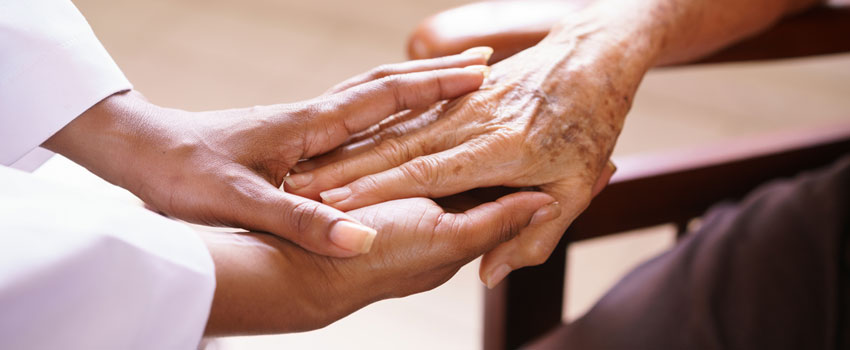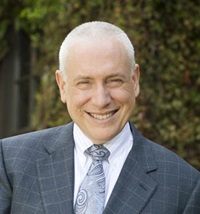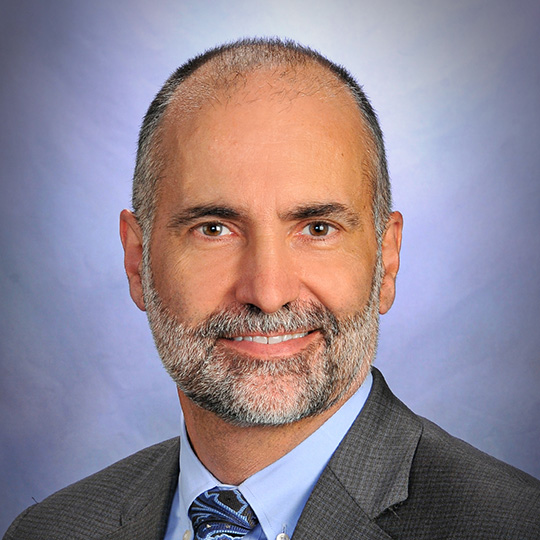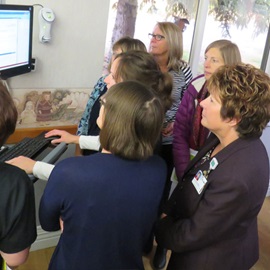Dr. Pate’s Prescription for Change
What Patients Really Want


Analytics, data and technology are transforming health care for the better, here at St. Luke’s and around the country. That said, people and our human connections remain at the heart of health care.
Here is guest blogger Dr. Jim Souza, St. Luke’s vice president of medical affairs, to remind us of what’s at the core of our work.
- David C. Pate, M.D., J.D.
There is no question that technological advances over the past several decades have improved the outcomes of care, at least in terms of longevity.
Since the inception of Medicare in the late 1960s, we have added about a decade to the human life span on average for both men and women in the United States. These gains have been made largely through technological advancement directed at the care of individual patients — better equipment, better surgical techniques, less invasive percutaneous therapies, more sophisticated imaging, better pharmaceutical options and a growing evidence base for all of it.
We have been entering a new high-tech era of electronic health records, big data, and telehealth. In this era, vast quantities of data are analyzed to produce information that allows us to manage populations of patients in ways that improve outcomes and reduce total costs. Technology is also being applied in new and innovative ways through telehealth and other means to connect populations of patients and providers across great distances.
I see this advancement of technology in my daily work.
In my administrative role, I am surrounded by data — data on our mortality, complications, patient safety events, lengths of stay, supply chain standardization efforts, operational efficiency, access metrics, financial performance, employee engagement and more.
In my clinical role, I use technology increasingly as well. In my outpatient clinic, my patients enjoy that I can communicate with them by email and enter our interactions into the myStLuke’s electronic records system. Inpatient billing is captured at the point of service on my smart phone. Earlier this fall, while working nights in St. Luke’s TeleICU, I used our platform to manage ICU patients both inside and outside St. Luke’s Health System across a geography of about 150 miles. All truly amazing stuff.
And now, as we stabilize and optimize mySt.Luke’s and move forward with even more robust and unified technology, it is even more important that we remember to keep the “care” in health care.
In the drive to transform health care, we can’t forget the roots of our profession. We can’t forget why we are here — for the benefit of the patients we serve.
So what do patients actually want from hospital care?
The word “hospital” comes from the Latin noun hospitium, denoting the “provision of care, comfort and shelter to strangers.”
While the hospitality industry is now synonymous with lodging, theme parks and cruise ships, hospitals (and health care) are actually the original hospitality industry. Hippocrates expanded on hospitium, making it portable in the Hippocratic Oath when he said, “Whatsoever house I may enter, my visit shall be for the convenience and advantage of the patient.”
If our work is to be focused on our patients’ “convenience and advantage,” what do our patients want and need?
As it turns out, we have lots of data on this, too, because we have asked them. Patients tend to prioritize getting better as the top priority. Safety is also an increasing concern for patients.
So our increasing focus on quality, safety and outcomes in health care is certainly well-placed, and the technological advances we have made support this.
Having said that, right on the heels of “Heal me” and, “Don’t hurt me,” we hear from patients, “Listen to me,” “Explain things to me,” “Be nice to me,” “Give me your attention,” “Care about me” and “Ask me what matters to me.”
There is a common theme here. Our patients want and need our communication with them to be as excellent as the technical quality of the care we provide. In their eyes, the two are inseparable and part of the same thing: care (quality), shelter (safety) and comfort (communication).
In a word, hospitium.
These needs are the main reason health care will never be subject to the same laws of supply and demand as other commodities. There is something more intimate than supply and demand at the root of health care — a relationship between a person in need and a provider of care. And that relationship is founded on good communication.
We physicians have traditionally called this “bedside manner.” Physicians who are best at this introduce themselves, sit down, make eye contact, actively listen, use occasional reassuring touch and treat other members of the care team with respect.
This is not just “soft stuff.” Quality outcomes are associated with physician communication styles. These more positive outcomes have been seen in the clinic setting, with chronic disease management (hypertension and diabetes control), and in hospital settings as well (length of stay, complications and even mortality).
As we continue our drive to improve health care, and as we increasingly embrace technology and data to do so, we must remember to look up from the computer! We must keep in mind that our professional roots are grounded in great relationships and great communication with our patients, their families and the care team. We can’t let the technology get in the way of that and the technology must, in fact, serve this goal. Easier said than done, I know.
Ours is a wonderful, unique blend of the technical and the human. The data shows we actually get better at the hard outcomes when we’re also really good at the soft stuff, and the soft stuff even helps protect us from burnout, which is becoming epidemic, but that is a topic for another day …
About The Author

Dr. Jim Souza is chief physician executive for St. Luke’s Health System, based in Boise, Idaho. He earned his undergraduate degree in cell biology from the University of Montana and medical degree from the University of Washington School of Medicine. He served his residency in internal medicine at the University of Washington and the Boise VA Medical Center and did a pulmonary and critical care fellowship through the University of Washington and the Boise VA Medical Center. He is board-certified in pulmonary disease and critical care medicine. In addition to his administrative duties, he continues to practice pulmonary and critical care medicine.



